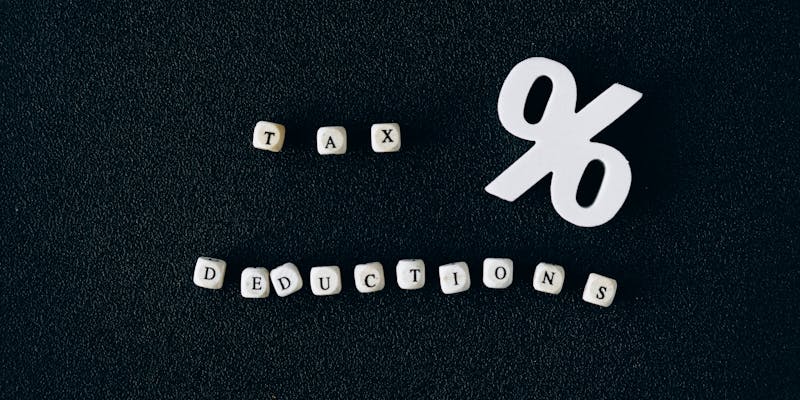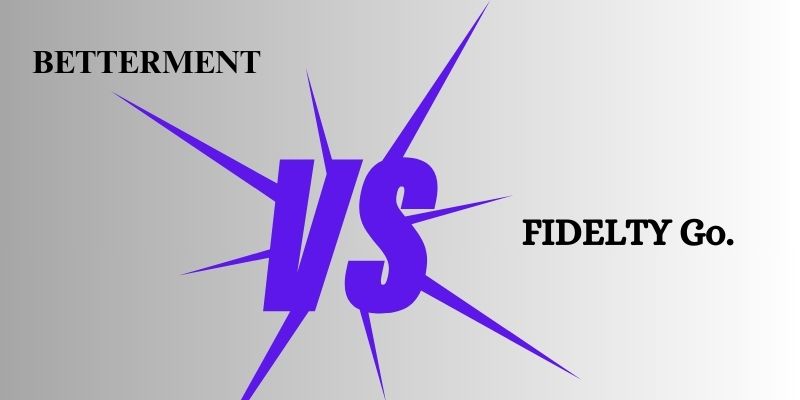Are you managing the usage tax and sales tax complexities for your expanding company? To maintain compliance and efficiently manage expenditures, it is essential to comprehend these two categories of indirect taxes.

Although use tax and sales tax have certain distinctions that can affect your business, they may appear to be comparable. In this article, we will explore the differences between use tax and sales tax and will help you stay ahead of evolving legislation and steer clear of possible problems.
What Is Sales Tax?
Sales tax is a charge that is applied to the final price that the customer pays when products and services are sold. It is usually computed as a percentage of the purchase price. It is a state and local tax, not a federal tax, and the rates vary depending on the jurisdiction. The government uses the money it gets from sales tax to finance a number of services and initiatives, including public safety, infrastructure, and education.
Since many states and municipalities set their own sales tax rates, they might vary greatly from one place to another. There may be no sales tax in some places, while other states have greater sales tax rates than others. In addition, some authorities may exempt specific goods like food, clothing, or medications from sales taxes.
Essentially, sales tax is imposed on the exchange, transfer, or sale of taxable goods or services, typically at the time of purchase. Generally speaking, the seller is in charge of collecting and remitting sales tax, which is thereafter sent to the relevant taxation body. The vendor serves as a middleman in the collection of the tax from the customer and transfers it to the government, making it effectively a trust tax.
What to Know About Use Tax?
Use tax is a kind of sales tax that is applied on specific products and services that were bought without sales tax being paid at the time of purchase. The rate is frequently the same as the sales tax rate, and it is normally levied by the state or municipal government where the products or services are used.
Utilize tax is applicable in a number of scenarios, such as when customers buy products outside of their home country, when products are purchased out-of-state without sales tax, or when business owners buy products for their clients in places where sales tax is not charged but utilize them in places where it is.
Use tax is intended to guarantee that consumers who buy products and services from online or out-of-state merchants pay the same tax as they would have if they had made their local purchase. Use tax money is allocated to different government services and programs, much like sales tax revenue is. Customers are responsible for calculating and paying use taxes on applicable purchases; if they don't, they risk interest and penalties.

The tax is applied to taxable items and services that were not subject to sales tax at the moment of sale, and use tax rates normally correspond to sales tax rates. It frequently occurs when customers place orders with out-of-state merchants who are exempt from paying sales tax since they have no connection to the customer's state.
What are the Major Differences between Sales Tax and Use Tax?
Here are some key differences between sales tax and use tax. Let's hop on to give them a quick read.
Collection Accountability
Sellers are primarily responsible for collecting and remitting sales tax; however, the details of this obligation might differ greatly depending on state laws. Although sellers usually take care of this, there are some states where purchasers are required to pay sales tax.
Additionally, there are some situations where customers may have to self-assess and pay use tax, such as when a seller fails to collect sales tax or when they make purchases from out-of-state suppliers.
Tax on Consumer Use vs Tax on Seller Use
Buyers bear the financial responsibility of paying consumer use tax, which is especially relevant in transactions with out-of-state vendors or in situations where the seller does not impose sales tax. On the other hand, companies who have a presence in a state where sales tax collection is not required are subject to seller use tax.

Evaluation and Reimbursement
For taxable items (such as purchases from out-of-state merchants) that are not subject to sales tax, consumers must determine and pay their consumer use tax requirements. Similarly, companies that have a presence but are not required to collect sales tax on taxable goods supplied to state residents are nonetheless required to self-assess and return seller use tax.
Difference in Occupation
In states that use the "vendee" or "consumer tax" model, purchasers bear the responsibility for the sales tax burden, and businesses are in charge of collecting and remitting it. Texas and California are two prominent instances of such states. In contrast, companies are responsible for sales tax liability, and consumers are released from direct duty under jurisdictions that have "vendor" or "seller privilege" laws. States that follow this model include Hawaii and New Mexico.
The Bottom Line!
Taxes imposed on different transactions include use taxes and sales taxes. Use tax is levied on goods purchased outside of the state but used inside its borders, whereas sales tax is normally added to the cost of goods and services at the point of sale. The primary difference between the two types of taxes is the location of their application; use tax is applied to the item's value when it enters the state, whereas sales tax is applied directly to the purchase.
It's important to remember that every state that imposes a sales tax also imposes a use tax, even if not every state has one. Furthermore, depending on the state and the type of object being taxed, the rates for both taxes may change.




